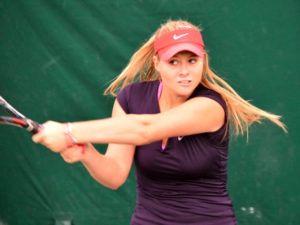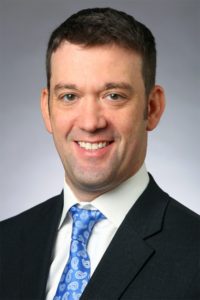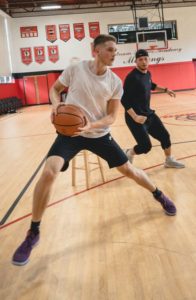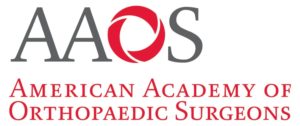
Between summer ball, winter ball, travel teams, AAU, and school teams, the opportunity for youths to participate in a single sport year-round is greater than ever. Whether such specialization is optimum to their development is a subject of some debate: is dedicating 10,000 hours of practice to one set of skills better than a more well-rounded approach?
To that end, the American Academy of Orthopaedic Surgeons (AAOS) recently issued a paper in its November journal. Its authors, represented by lead Charles A. Popkin, M.D., with Columbia University Department of Orthopedic Surgery and New York-Presbyterian Hospital in New York, believes that early specialization can have adverse health and social effects.

“Sports are a great way for kids to exercise, have fun and learn about teamwork,” said Dr. Popkin, an orthopedic surgeon. “However, the days of sandlot play and street pick-up games are waning and we’re witnessing the professionalization of youth sport. Parents and coaches are increasingly focused on developing elite athletes and believe that if more focus is placed on deliberate practice and early specialization, young athletes will have a better chance at college-level play or even Olympic standings. That’s not usually the case.”
The article defines early sport specialization (ESS) as “the intensive training or competition in organized sport by prepubescent children (under the age of 12) for more than eight months per year, with a focus on a single sport to the exclusion of other sport and free play.” Diversification, the authors conclude, can lead to superior results, though they note that the trends may vary across individual and team sports and by gender.

“The merits and timing of cross-training versus specialization are evident,” added Dr. Popkin. “Not only are talented young athletes able to transfer cognitive and physical skills learned from one sport to another, but they demonstrate more enjoyment in sport and a lower frequency of dropout. In addition, there are fewer signs of chronic stress, higher levels of motivation and a gradual independence.”
Some other issues regarding overuse injuries that the AAOS’s public service campaign “OneSport,” launched in conjunction with American Orthopaedic Sports Medicine Association (AOSSM), hope to address include:
- When a young child whose body is still growing and developing, and repeatedly participates in one type of athletic activity, their body does not have enough time to heal properly between resting and playing.
- Intense and repetitive training can lead to pediatric trauma and may require surgery to young shoulders, knees, elbows and wrists.
- Though most experts agree that some degree of sports specialization is necessary, there is much debate about how early intense training should begin.
 “The debate over the optimal age to start sport specialization will likely continue as parents, coaches and developing athletes look for a competitive edge. In a perfect world, however, specialization would be part of a natural progression driven by the athlete, and not their parents or coaches,” added Dr. Popkin.
“The debate over the optimal age to start sport specialization will likely continue as parents, coaches and developing athletes look for a competitive edge. In a perfect world, however, specialization would be part of a natural progression driven by the athlete, and not their parents or coaches,” added Dr. Popkin.

